
New Photos
September 25, 2005
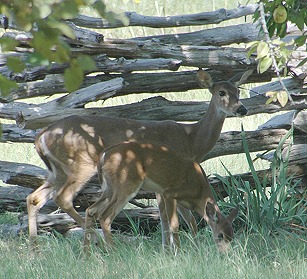 |
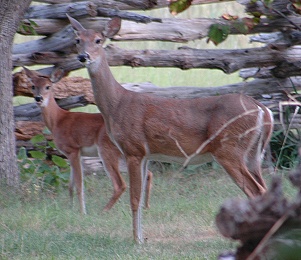 |
| In the past week, deer have begun coming through our yard. We
have more pears than we can eat, and we feed some to the horses...and wildlife get the rest. This
doe and fawn came out in midday on Friday...and again Saturday in the early morning, when the low
sun reddened their coats. |
|
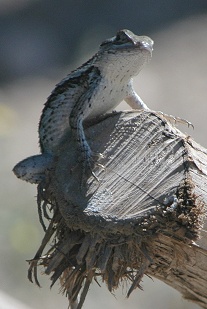 |
 |
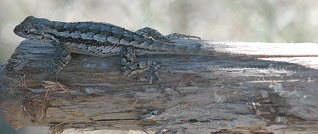 |
The Texas Spiny Lizard, Sceloporus olivaceous, is a
common resident in the area. It climbs walls and trees with ease, but can also dash along the
ground, even running on two legs like a miniature T. rex . At rest, they can look more like
dragons; the scales are keeled and have a little spine at the tip. This one is a young female, not
yet full size (she lacks blue belly patches and she has faint crossbars on her back as well as the
obvious longitudinal stripes.) These lizards eat mostly insects and other arthropods. |
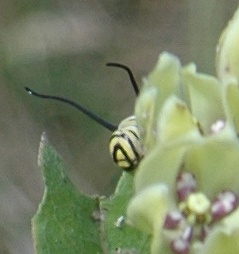 |
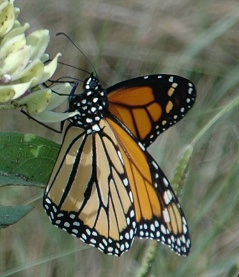 |
| A freshly emerged monarch butterfly, wings unworn,
nectars on green milkweed, Asclepias viridis, before heading south on migration. In this
area, migrating monarchs nectar on milkweed, frostweed, and Maximilian sunflower. On the other side
of the same cluster of milkweed flowers, a monarch caterpillar munches its way toward
metamorphosis. I did not notice this caterpillar when I was taking pictures of the butterfly--but
when I examined the photographs later, I spotted the stripes and "horns". |
|
| I disturbed this Argiope aurantia starting a new web (from the chair I wanted to sit in); she dropped to the ground and held still long enough for several good pictures. This individual does not have the multiple bands on the upper part of the legs that are shown in one of my books, but the markings on the abdomen--though brown and yellow rather than black and yellow--are the same. | 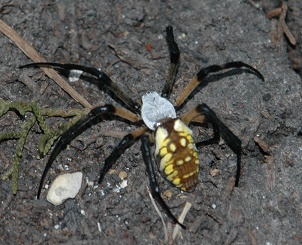 |
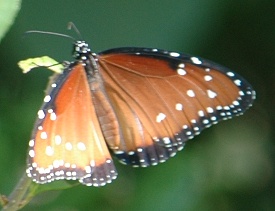 |
The queen butterfly, Danaus gilippus, is another of the milkweed butterflies, in the same genus as the monarch and the soldier. It's one of the most common and prettiest butterflies of late summer on the land, but it's also very shy and hard to photograph. I also find it hard to tell from the soldier, a near relative--luckily, I caught this one with wings spread and folded both, so could compare my pictures to those in the butterfly field guides. |
![]()

